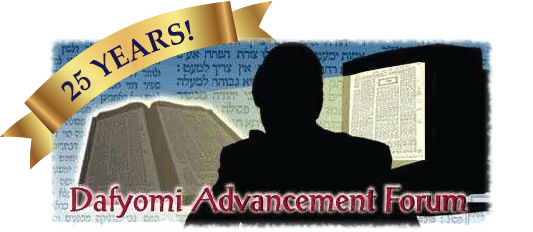What is the meaning of "meha'Neshef v'Ad ha'Erev l'Macharasam"?
Radak: It is from the evening of this day until evening of the second day, and that entire night until the morning, which is ha'Macharas. The suffix Mem in l'Macharasam refers to the day after the two previous nights. The word "Ad" is as if it was written twice, i.e. "v'Ad l'Macharasam."
Radak citing Brachos 3b: Neshef can refer to the transition between night and day, or to the transition between day and night. (In our verse it means the former.) 1
Targum Yonasan: Mi'Kabla 2 until evening time on the next day. Radak - Yonason did not explain the suffix Mem. (Refer to 30:17:1:4.)
Radak (citing Panim Acherim Esther 5): The suffix Mem in l'Macharasam refers to Amalek. They are prone to be stricken the next day - "v'Tzei Hilachem ba'Amalek Machar" (Shemos 17:9).
Radak: According to this, we cannot explain the suffix Mem in l'Macharasam. (Refer to 30:17:1:4. The Gemara said that Neshef cannot mean night, for if so, it should say 'meha'Neshef v'Ad ha'Neshef'" or 'meha'Erev v'Ad ha'Erev'! - PF)
Kabla is dark. Radak understands like Brachos 3b, that it is the end of the night, before dawn. Can it not mean like Radak himself explained, [this] night? (PF)
Why did David strike them the next day?
Rashi (from Panim Acherim Esther 5): Amalek is prone to be stricken the next day - "Machar Anochi Nitzav..." (Shemos 17:9).
Malbim: There were a multitude of Amalekim, and David had few men. Therefore, he began to strike them at night, and [Amalek's] camp was afraid, and David was able to strike them afterwards until evening.
Why were 400 men able to escape?
Malbim: (a) They were youths, who go quickly. (b) They had camels. However, elders even riding, or youths on foot, did not escape.




